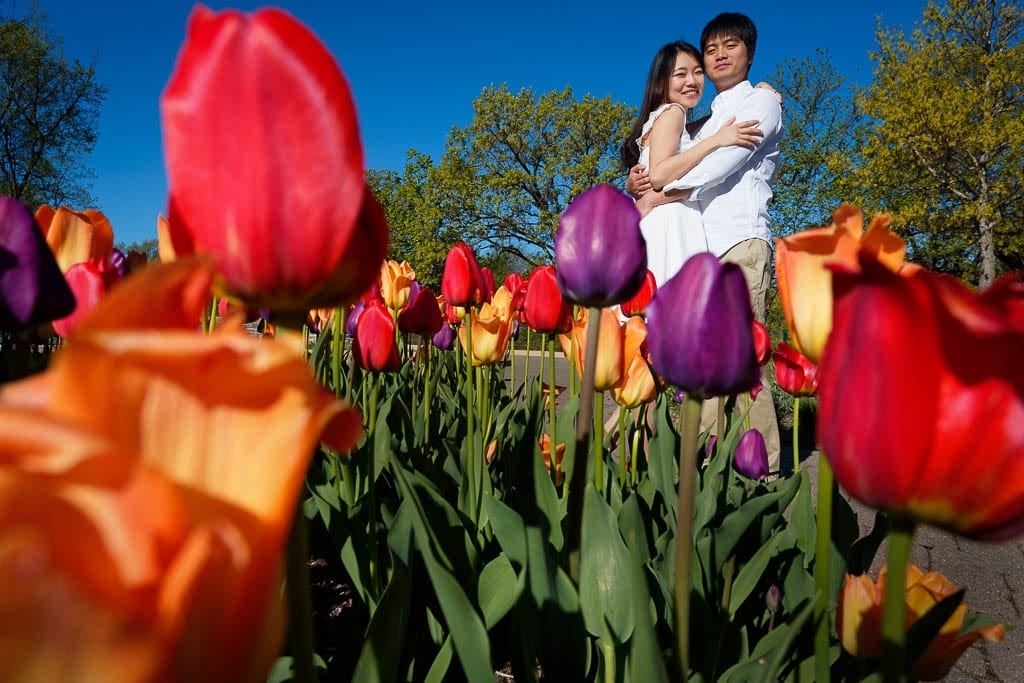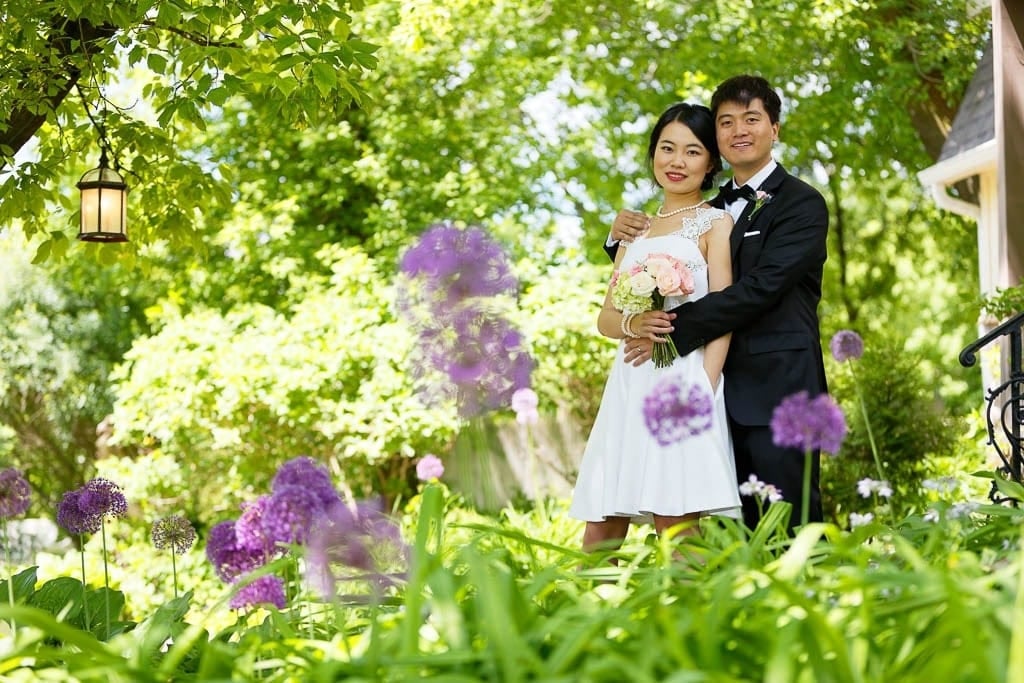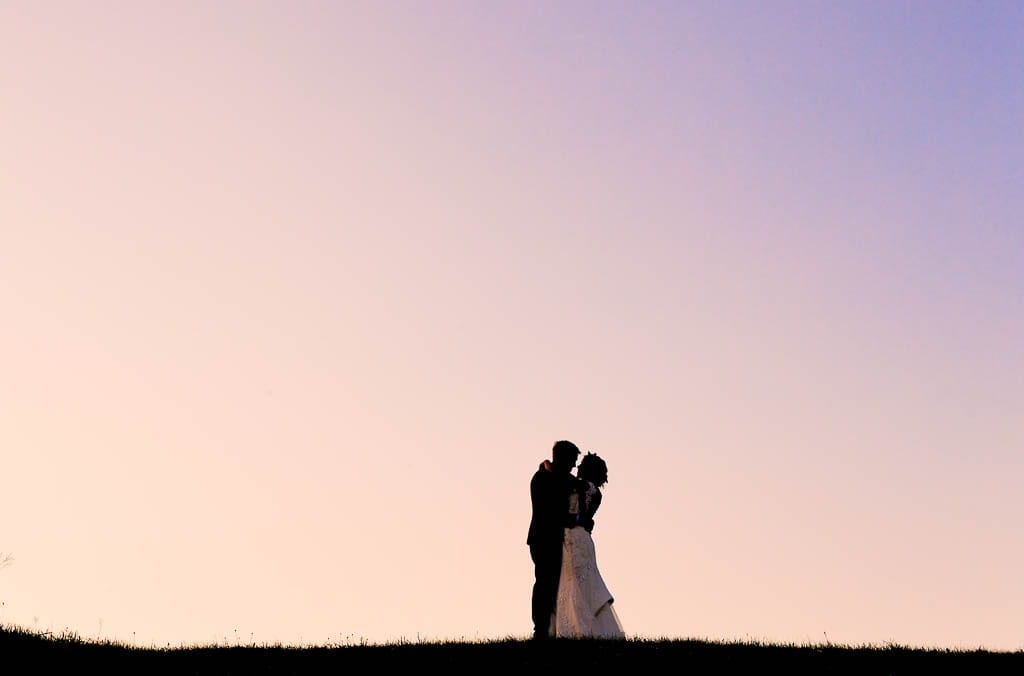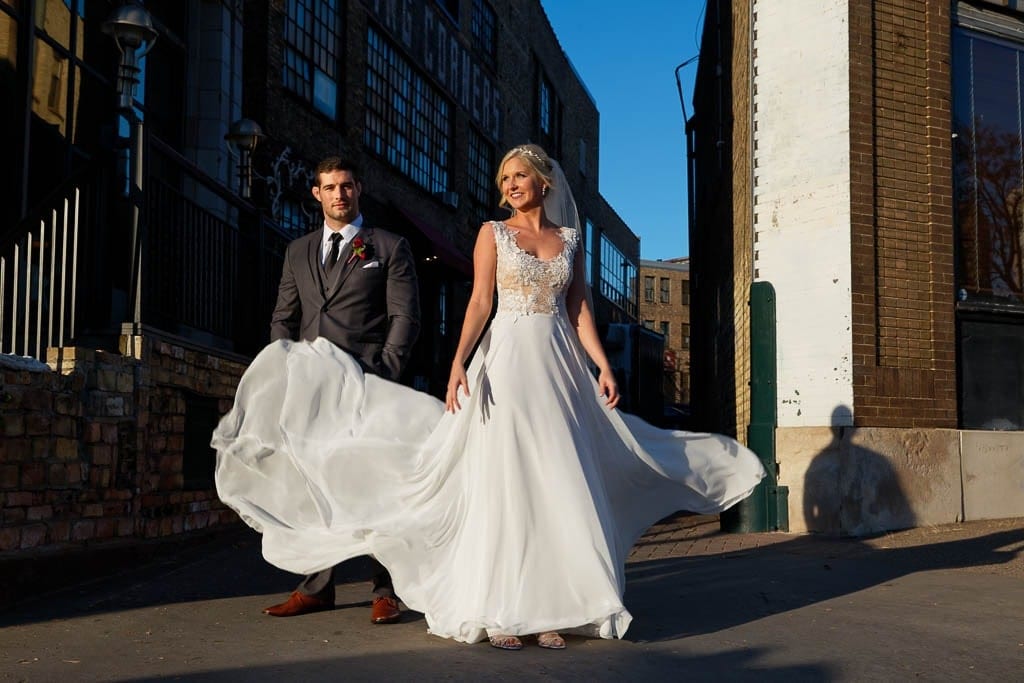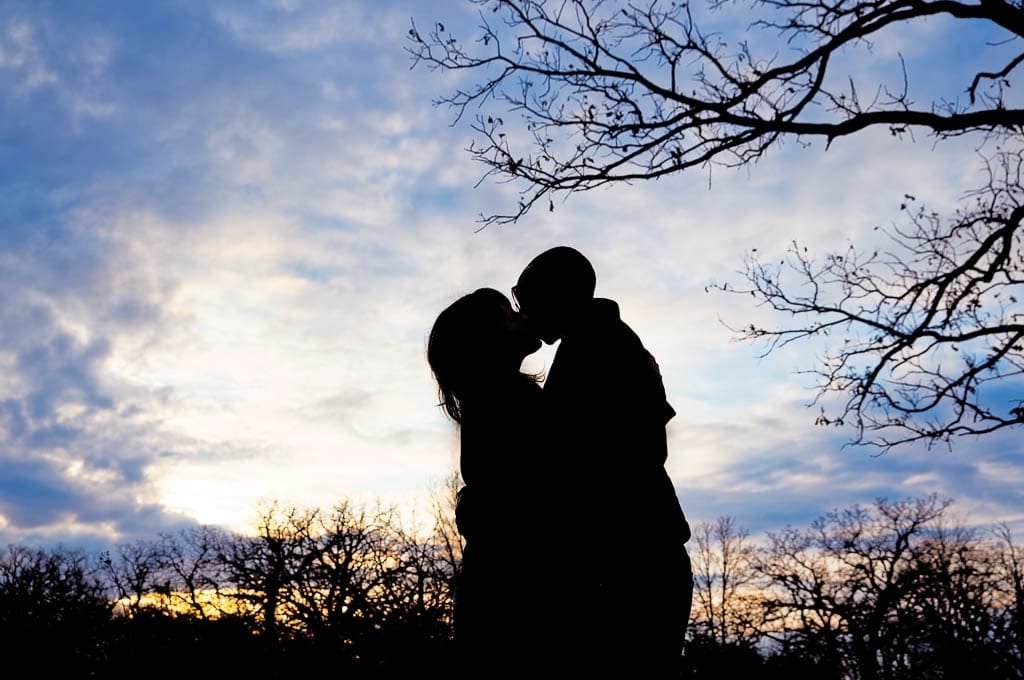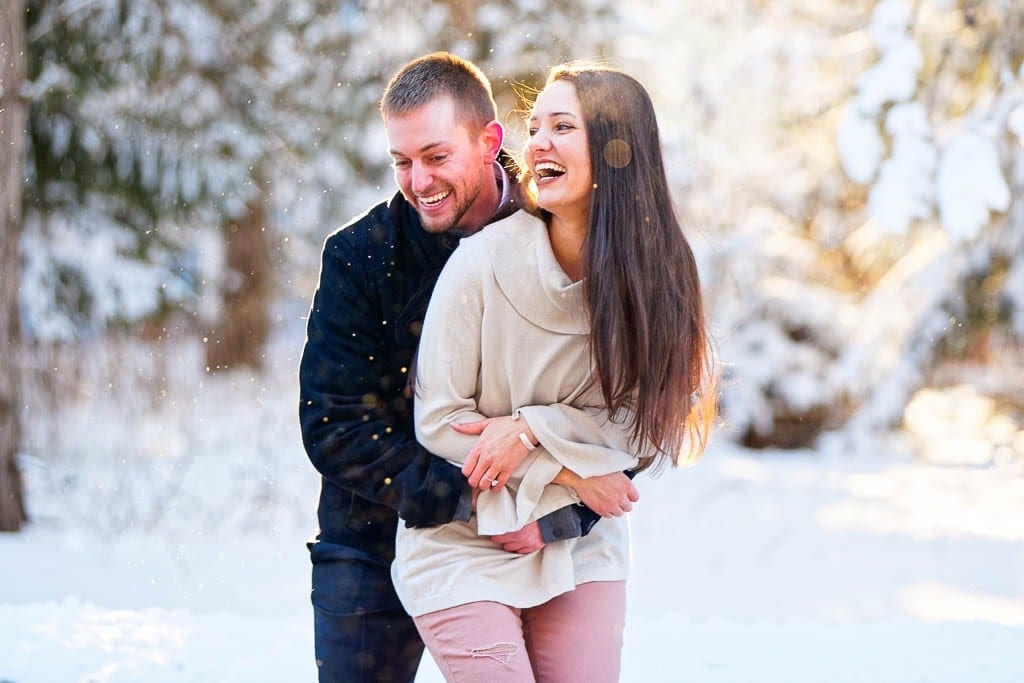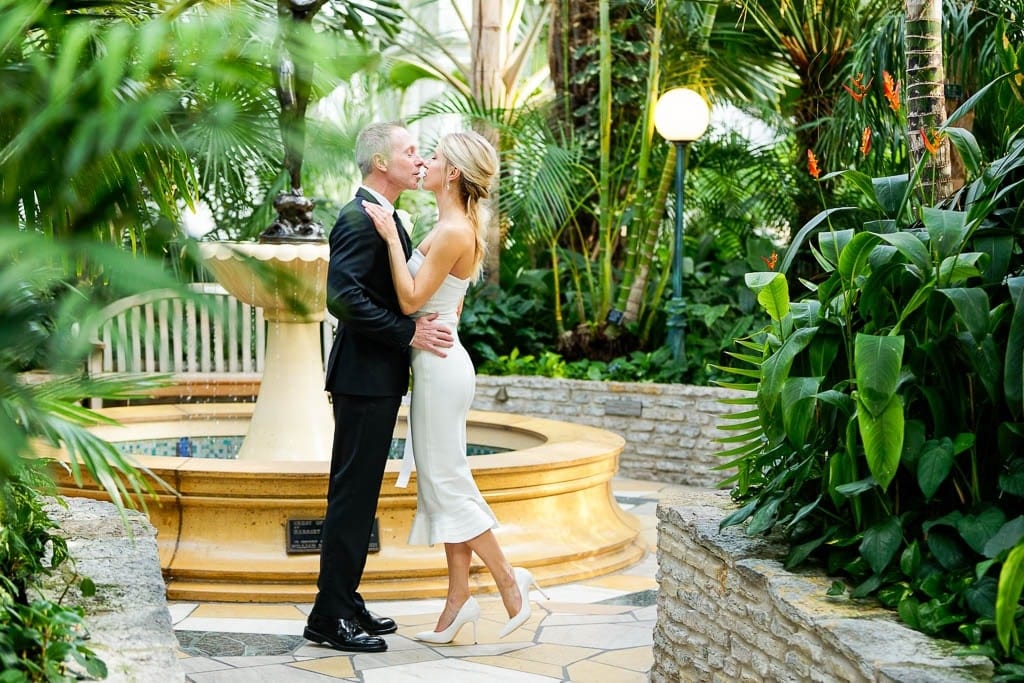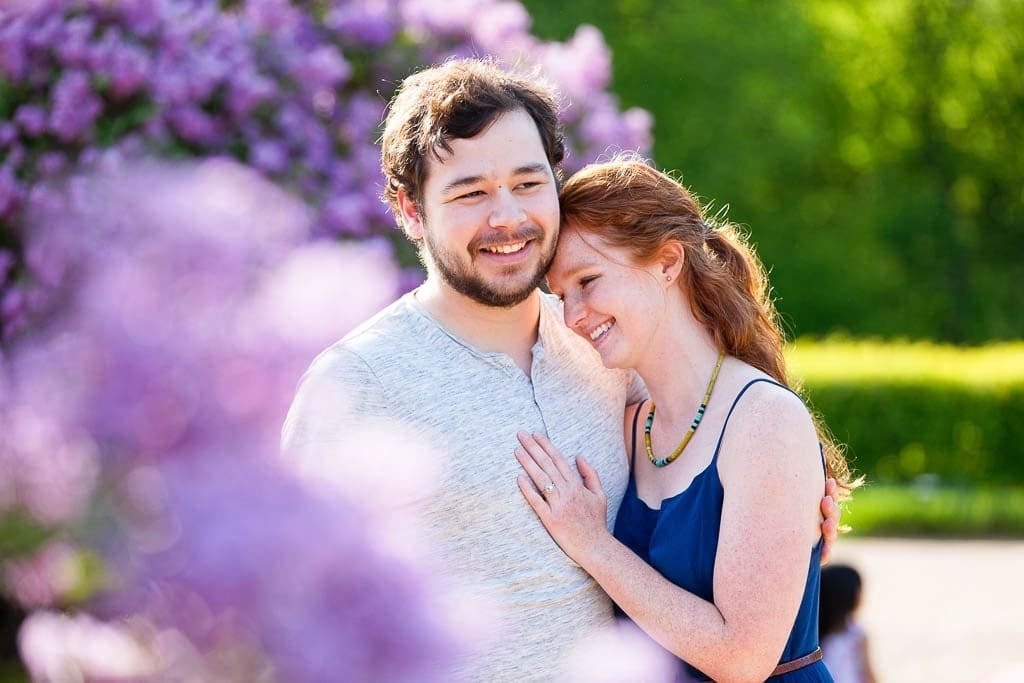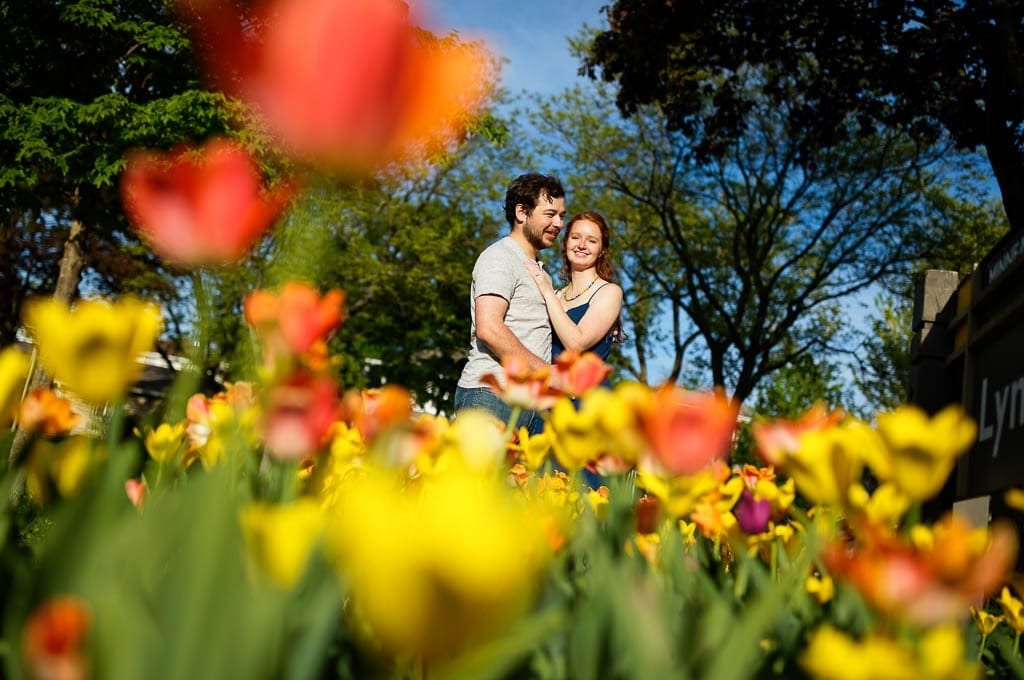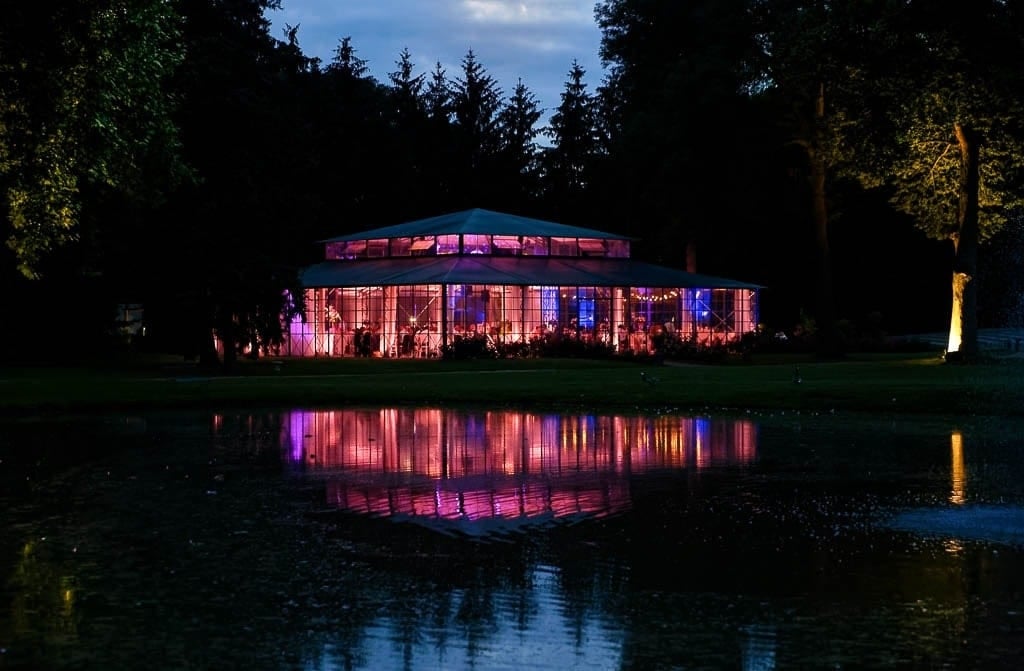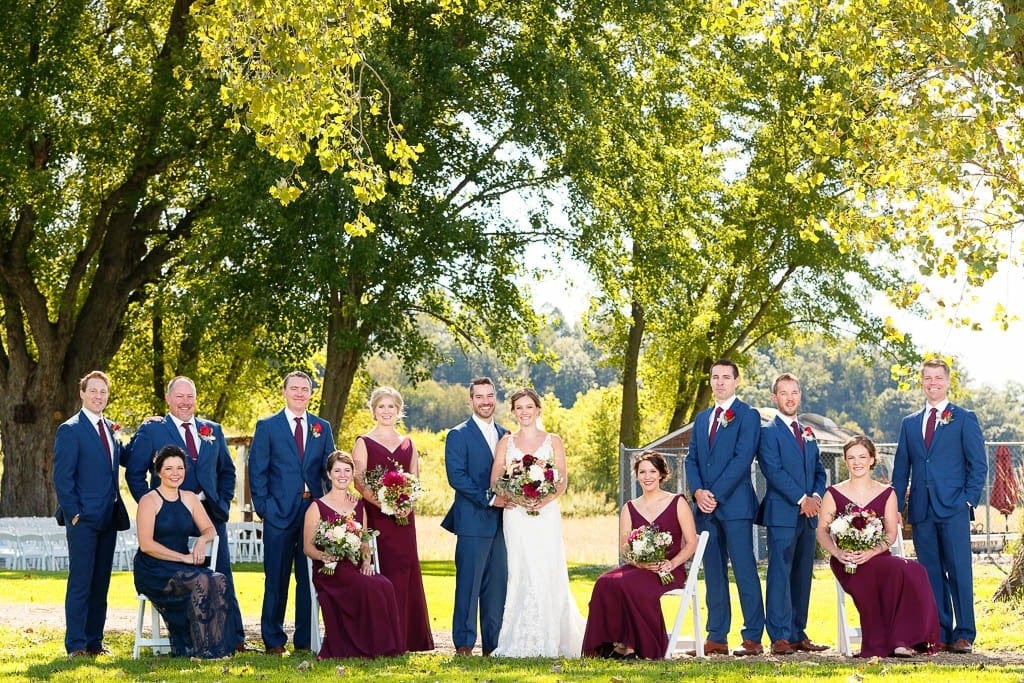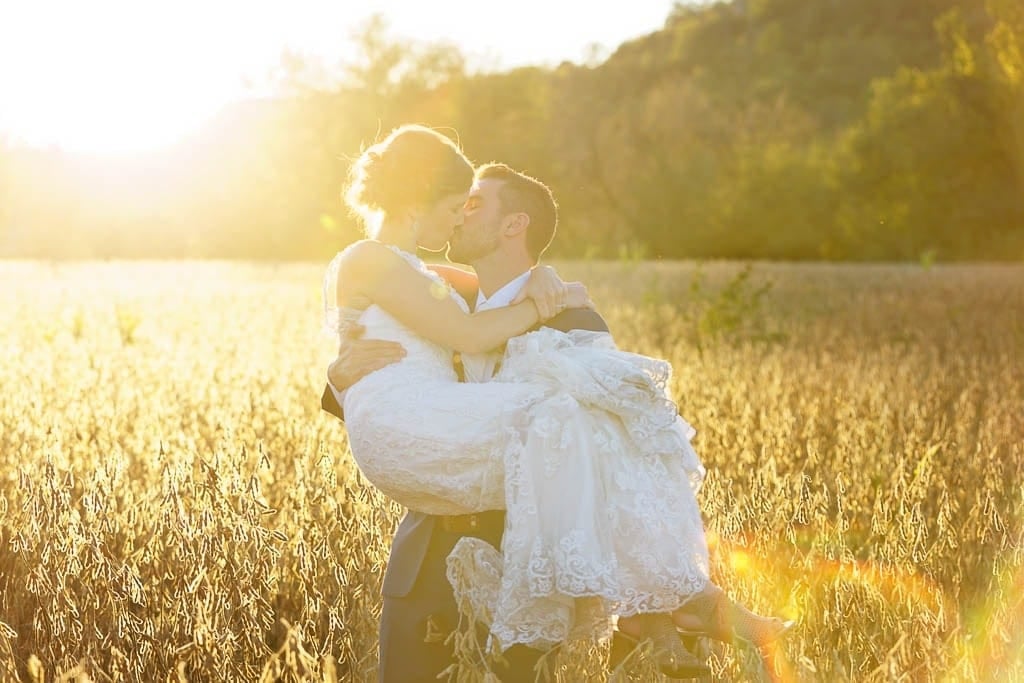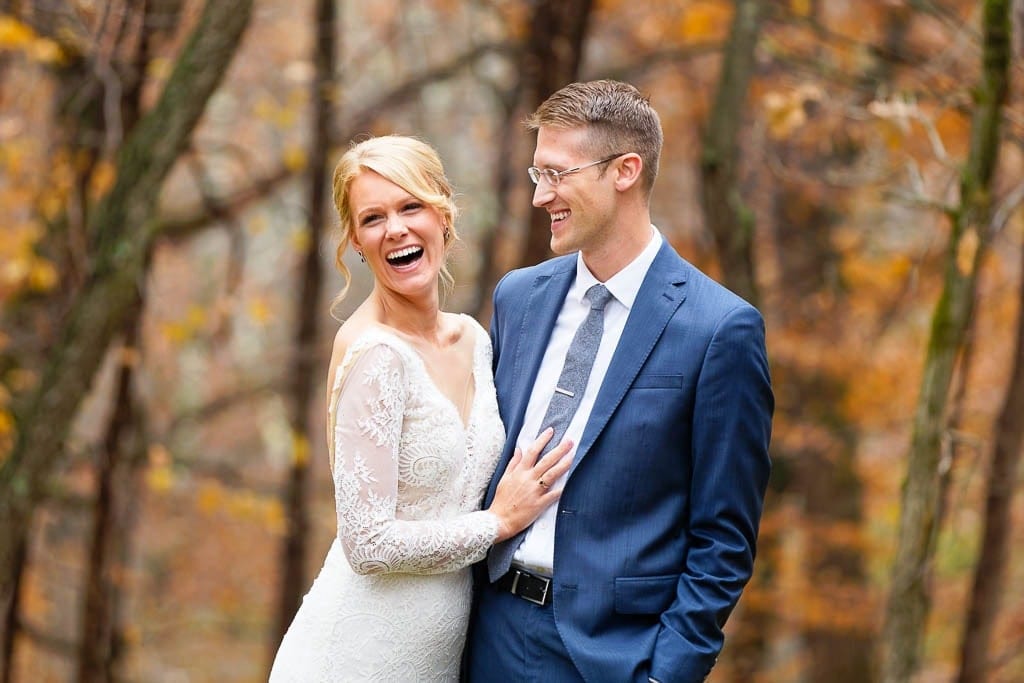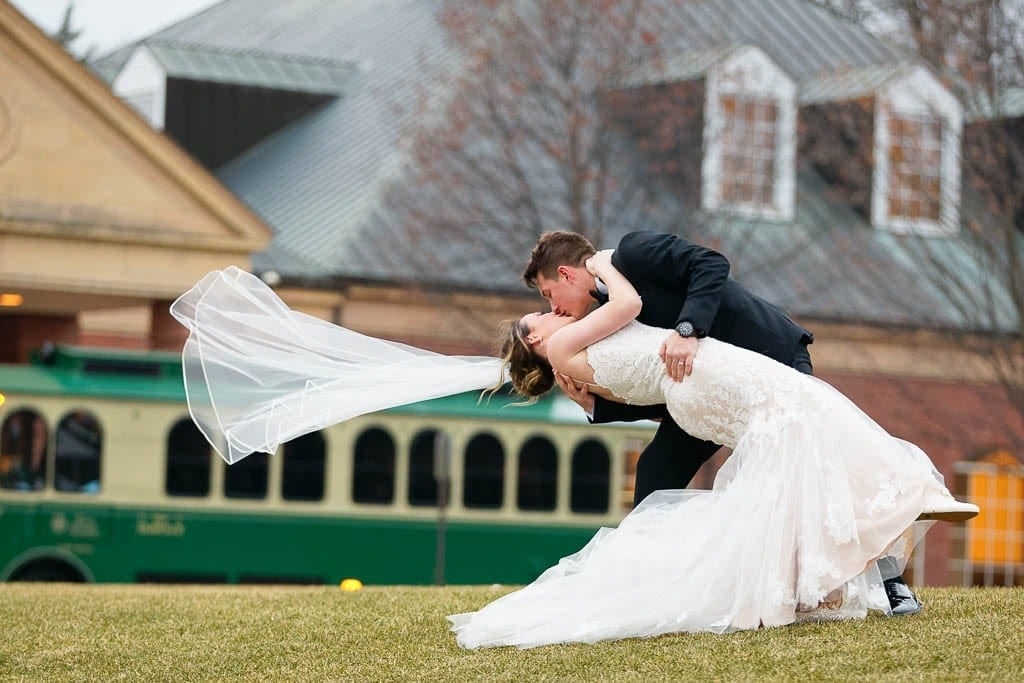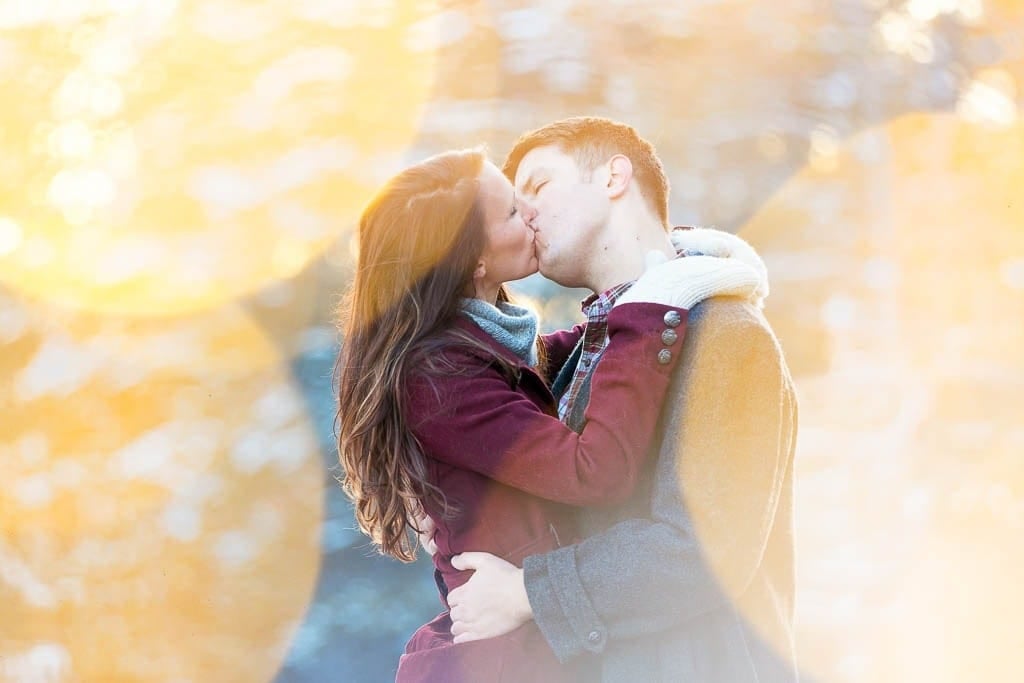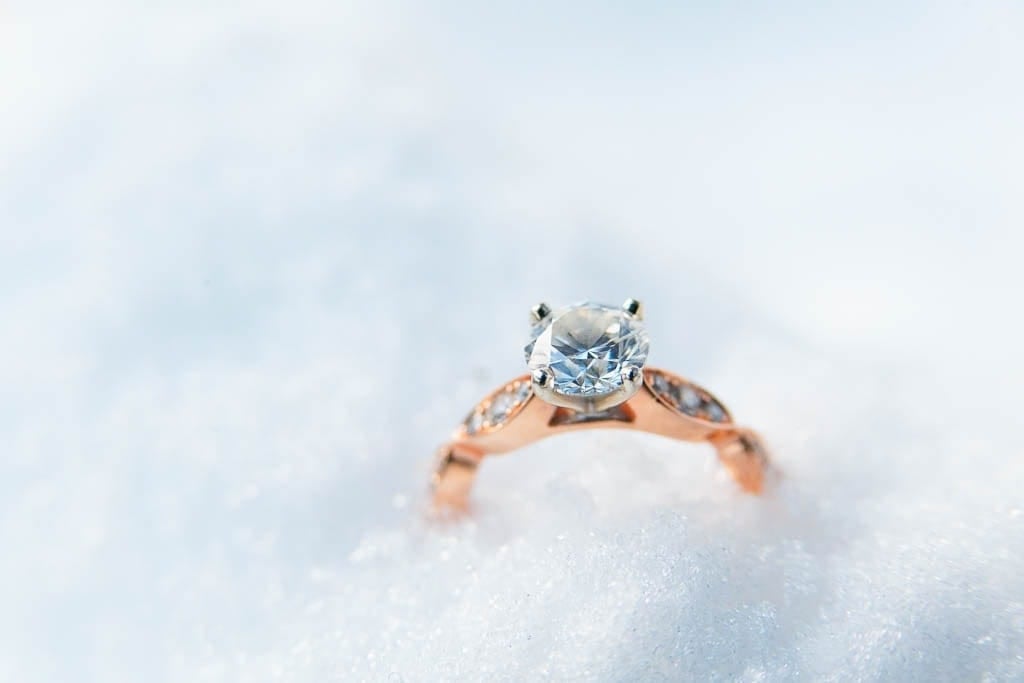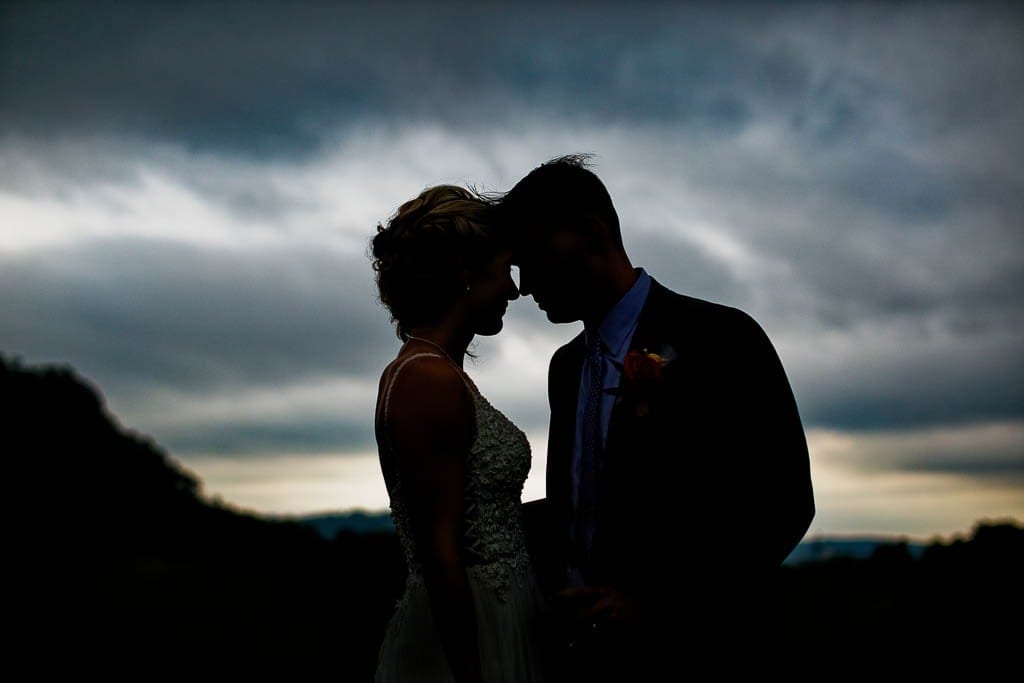Best month to get married for photography in Minnesota
What is the best month to schedule your ceremony in Minnesota, around the Twin Cities and Rochester? When should you stand in front of the camera? As a wedding photographer, it’s a question I have often been asked. Choosing a month to get married is never easy.
Of course, there is no one unique answer; otherwise, everyone would get married on the same day. But I will try to help you pick the best month for your event!
That’s why, here is a short article summarizing the most important elements to take into consideration: weather, budget, family, and friends.
If you want a one-word answer: August or September. Now let’s see why.
What you will learn in 30 sec
The optimal time for beautiful photos and comfortable celebrations is late August to early September.
Why? You’ll find a sweet spot of pleasant temperatures, significantly less rain, and a lower risk of severe summer storms. While summer offers peak warmth and sunshine, it comes with higher chances of rain and humidity. Fall brings stunning colors but can be unpredictable. Winter offers unique charm but extreme cold and limited daylight.
This guide dives into every factor: from light quality and guest comfort to future climate trends and budget tips, to help you choose your perfect date!
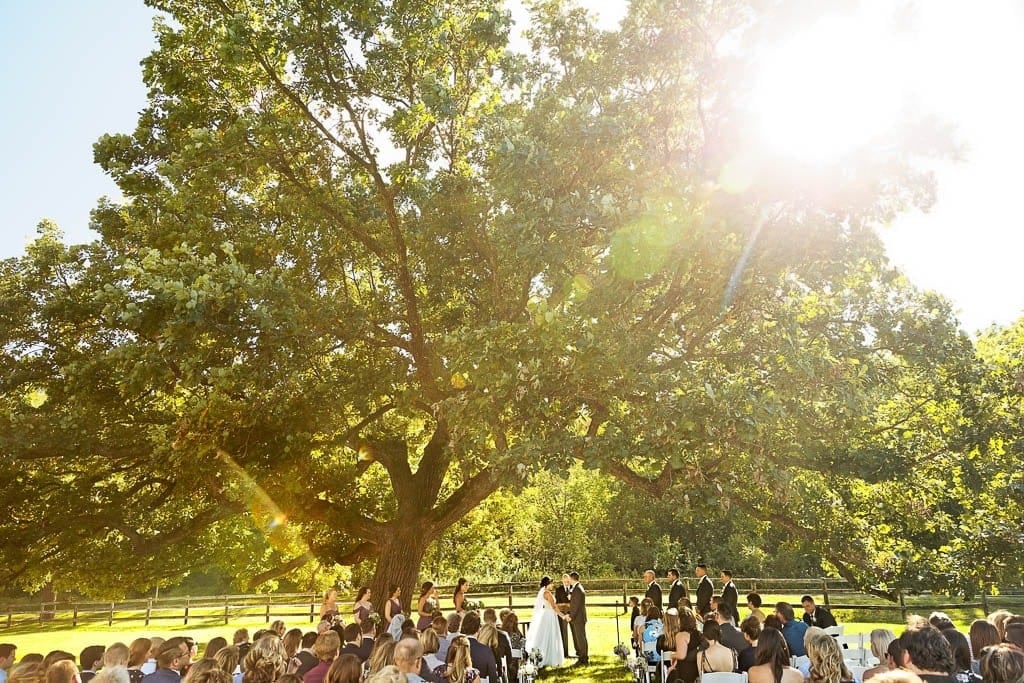
Table of Contents
How Climate can impact your once-in-a-lifetime event
Also called “L’Étoile du Nord,” the northern state is located in the corn belt, and offers a continental climate, with warm summers and very cold winters.
There is a clear distinction between the southeast where humidity levels are high, and the northwest which is drier. The Great Lakes area is protected by a local weather effect that offers cool summers and warmer temperatures during winter.
What does the Temperature and Precipitation curve


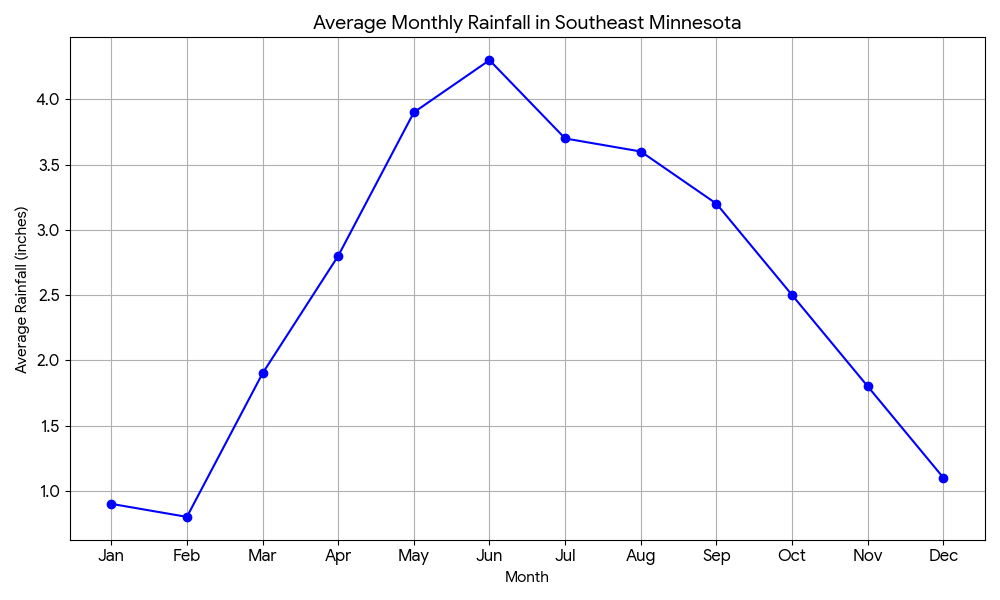
The precipitation curve follows the temperature pattern. There are an average of 112 days of rain per year across the state.
There is little precipitation in winter (mainly in snow form), and the months with the highest precipitation levels are from May to September (above 3 inches a month), with a peak during June.
Thus, the warmer months, which are the preferred ones to host a wedding, are also the ones with the highest chance of a rainy day.
Nevertheless, the average precipitation days per month vary from 11.5 in May to 7.4 in February, which does not make a very big difference when you are planning an outdoor event and would like to avoid rain.
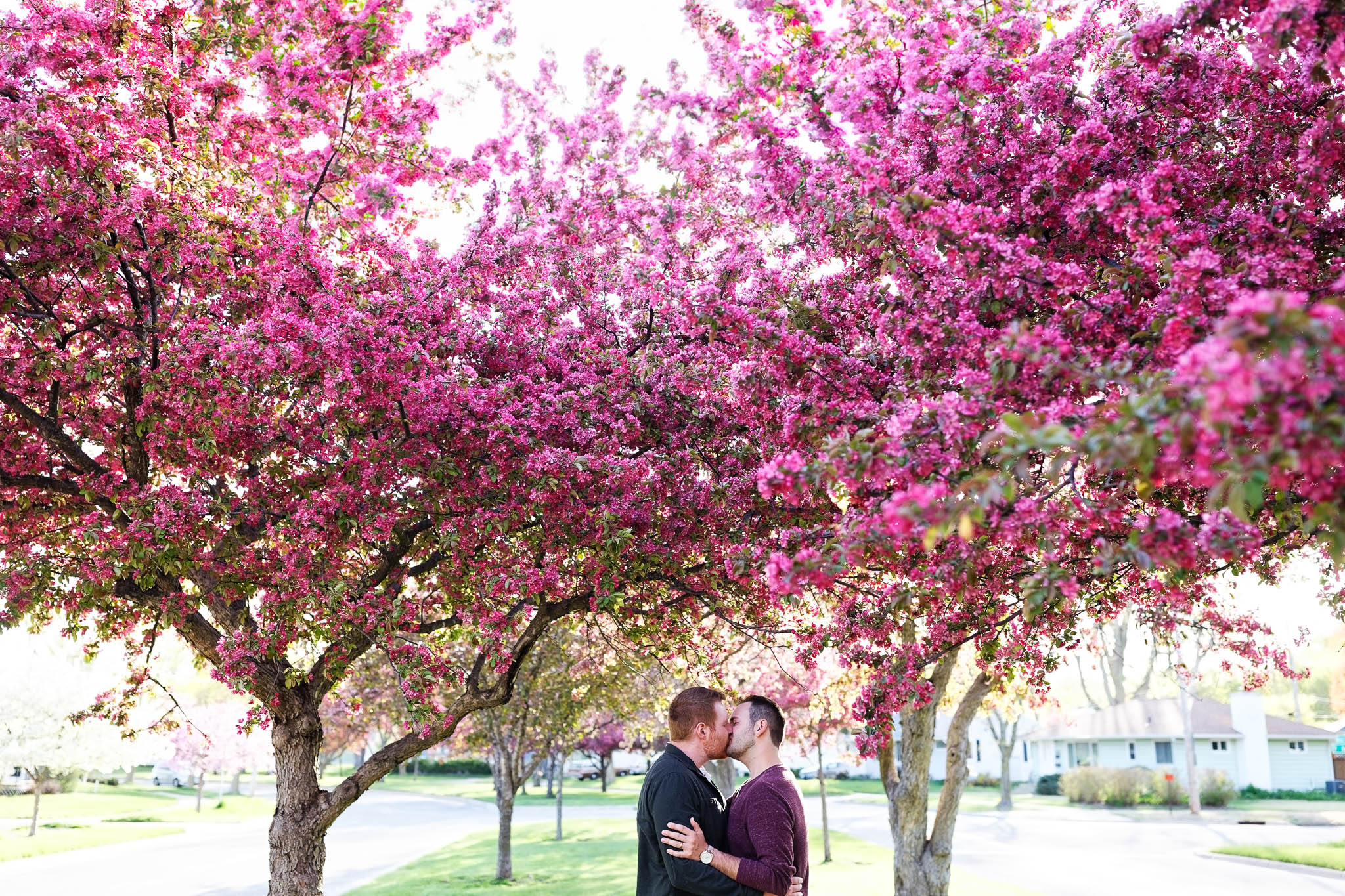
Spring and Summer
Summer starts just after winter with warm temperatures. In contrast to the European spring, which presents a slow temperature evolution, Minnesotans experience a very short spring (and warm) season that lasts about a month and a half.
As a result, the blooming season is very short, and in two weeks, a landscape with trees without leaves can turn completely green.
Average temperatures in St. Paul are above 50°F from April to October, with a peak above 80°F in July and August. That being said, the central eastern part of the state presents a higher level of moisture that increases the sensation of warm temperature. In other words, on a warm summer day, the central eastern part of the state can be considered extremely warm for hosting weddings.
Fun fact: statistically, the only months that don’t show any trace of snow in “the 10,000 lakes state” are June, July, and August.
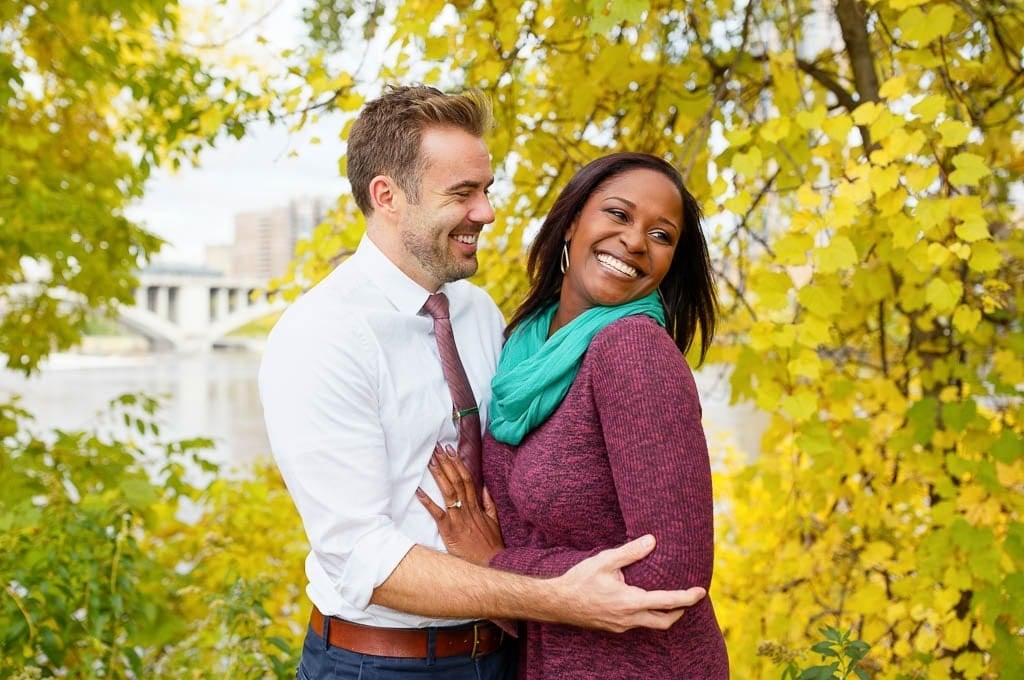
Autumn and fall colors, a season to bet on for your special day
Fall is the favorite season of many photographers in Minnesota, and also the month with the highest number of portraits taken and weddings. Continental climate gives the 10,000 Lakes state a unique fall. Indeed, temperatures can swing a lot from warm to cold in a very short period of time.
The result is that tree leaves all turn yellow and red at the same time, and for a couple of weeks, offer photographers an amazing colored background to take pictures.
Unfortunately, those colors don’t last long, and just after the trees’ leaves quickly fall, offering a less exciting landscape.
Many Minnesotans schedule their wedding during autumn hoping for fall colors. It could take place during late September, October, and early November. These periods can also face lots of rain and storms.
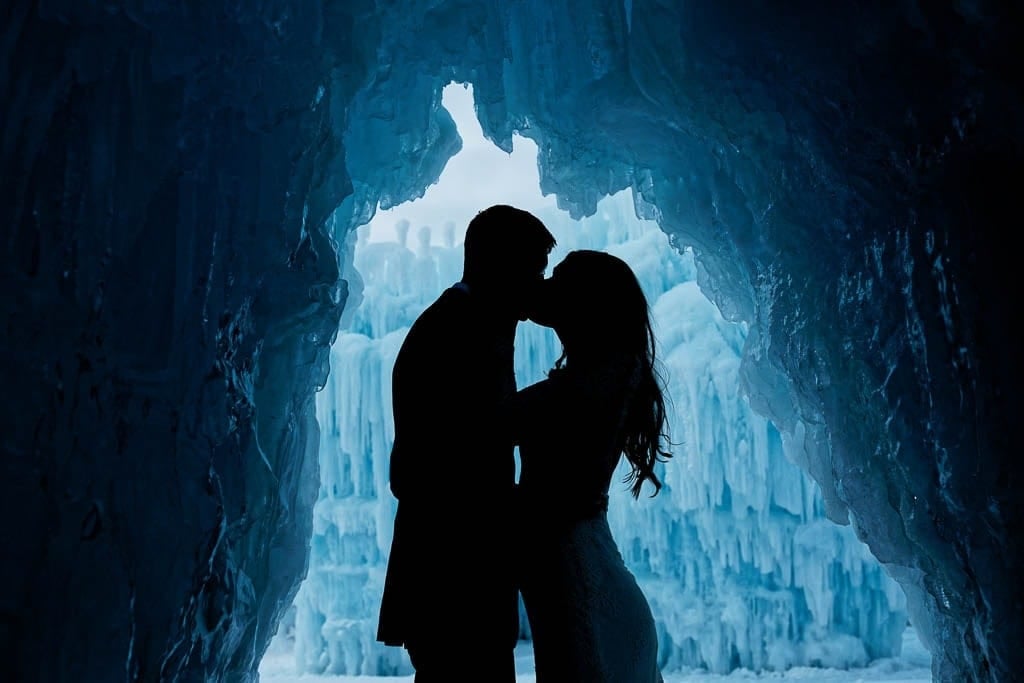
Walking the Aisle During Winter in the North State
Temperatures are very cold and can go down to -60°F, but the average temperature in the coldest months of the year (December, January, and February) stays between 10°F (-12°C) and 20°F (-6°C). If those temperatures are clearly not appropriate for holding an outdoor wedding, they allow a short photo session for the bride and groom.
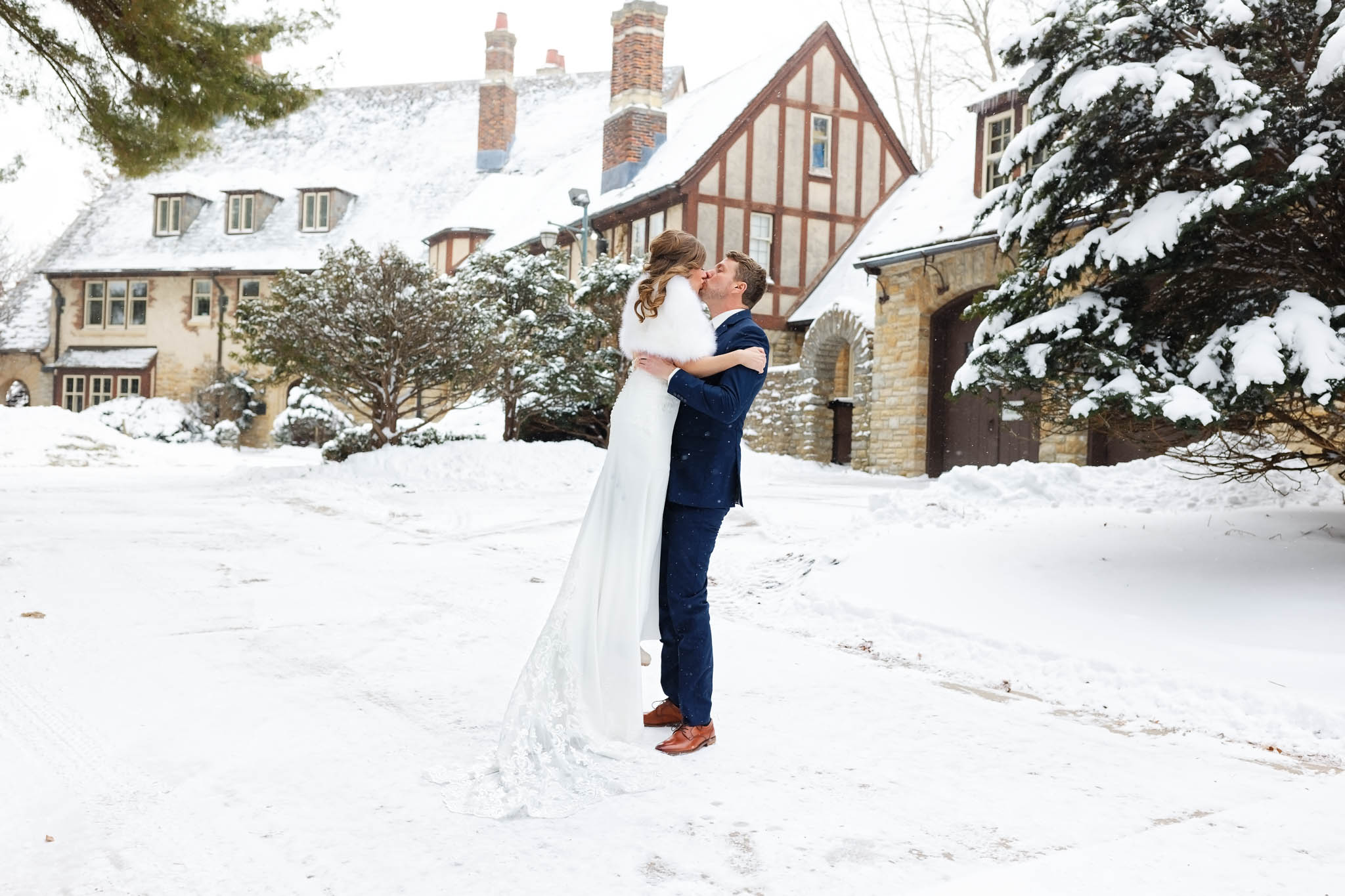
Snow in Winter
One of the main advantages of having a winter wedding is having pictures taken with snow! Snow creates a beautiful wonderland landscape that photographers love to immortalize!
The months with the highest average snowfall are November to March with 10 to 12 inches of snow a month.
Freezing rain, blizzards, and snow storms
While winter months have a smaller amount of precipitation, they can still face some blizzards, sleet, severe snow storms, and the dangerous freezing rain creating the black ice feared by drivers.
While storms and tornadoes usually last a couple of hours, freezing rain can affect road conditions for several days after the rain stops.
These are risks that you should be aware of if you are planning a winter wedding and you have many people traveling.
Other weather risks to consider

Tornadoes, thunderstorms, and derechos peak months
Tornadoes can take place from March to November, with the highest risk during June, July, and August.
The south of the state, belonging to the Tornado Alley area, faces a higher risk than the North Shore area located close to Lake Superior.
Given the extreme violence of these events and the very poor accuracy of weather prediction, there is no perfect date to pick in order to avoid tornadoes.
Thus, you should always keep a plan B in mind when planning an outdoor event.
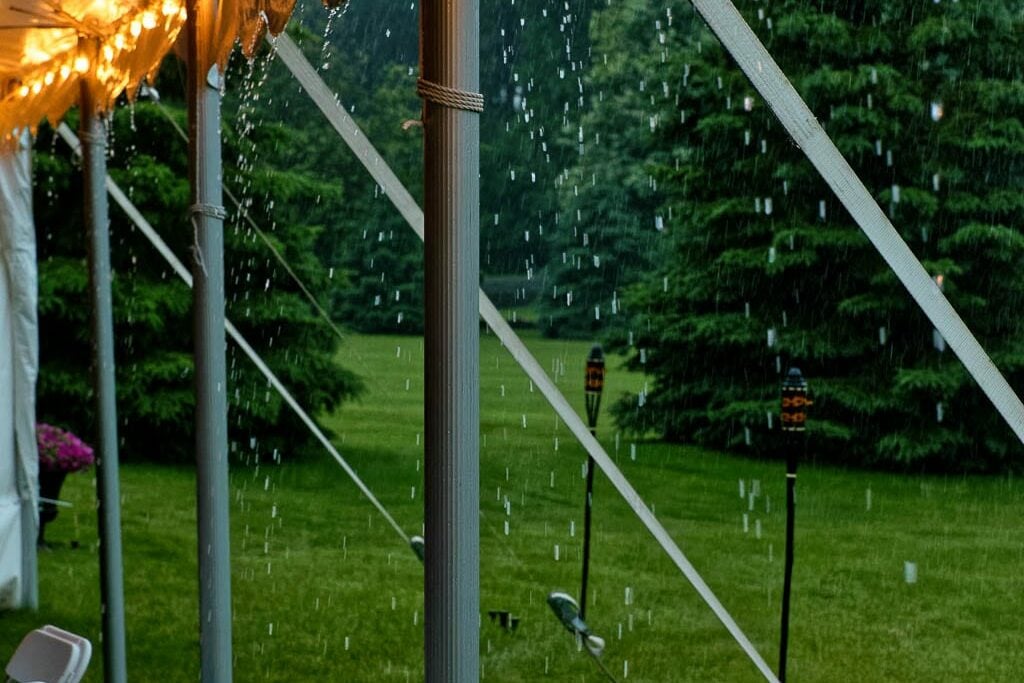
Flooding risk
Floods usually happen during spring after a snowy winter and rainy spring. They are very hard to predict. Wedding venues, such as the Nicollet Island Pavilion, which are adjacent to the Mississippi River and Saint Croix River, have a higher chance of being impacted.
Long day of Rain
Annual precipitation maps (available on the Minnesota Department of Natural Resources website) clearly show a disparity between the northwest, which is drier (10 inches a year), and the southeast with more precipitation (up to 50 inches a year). While these numbers change from year to year, the north-south opposition remains.
While light rain is not a problem for the bride and groom who could be protected under an umbrella, nor for a modern camera which is waterproof, heavy rain, on the other hand, could be a problem. Indeed, you don’t want your dress dirty. What’s more, raindrops on the lens simply make pictures impossible.
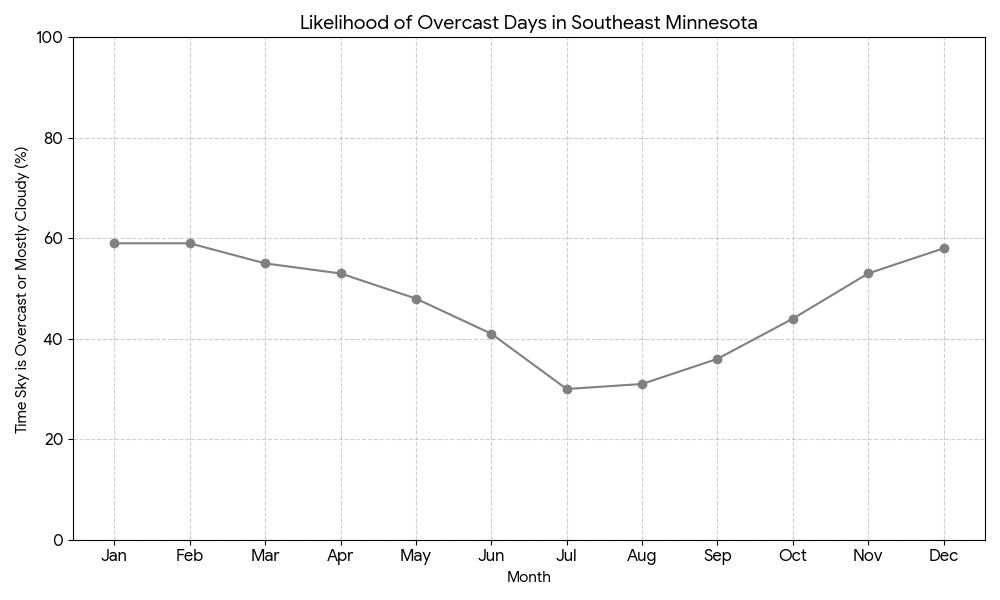
Cloudy Days
If clouds are, for say, not an issue to take photos. Some photographers even prefer cloudy days…. I would say the bad photographers.
Clouds give a moody atmosphere, sad. The vibes are dull, and the color is not vibrant.
In other words, sunny days are way better.
Note that the two months with the lower chance of overcast sky are July and August.
Conclusion for June, July, and August….
June, July, and August present a high-risk, high-reward scenario. You have a good chance of getting warm, sunny weather, but you also have the highest statistical probability of your wedding day being disrupted by heavy rain, a severe thunderstorm, or even a tornado. The high humidity can also be a significant comfort issue
The Best Months, from a weather point of view, to get married in Minnesota are ….
Based on a deep analysis of historical data, the best time to get married in southeast Minnesota is from late August to early September. This period offers the best balance of warm temperatures, lower rainfall, and reduced risk of severe weather.
Ideal Wedding Month Analysis
| Month | Temperature | Precipitation & Weather | Recommendation |
| June | Excellent (78° / 58°F) | Highest rainfall; High risk of thunderstorms. | Risky |
| July | Excellent (82° / 63°F) | High rainfall; Peak severe weather & humidity. | Risky |
| August | Great (80° / 61°F) | Rainfall decreases but risk of storms remains. | Good, especially late in the month. |
| September | Good (71° / 52°F) | Significantly drier; Low risk of severe weather. | Optimal Choice |
Future Climate Predictions and Impact on the Best Month to get married (2050 and Beyond)
Can global warming help?
Weather data from the last century shows significant warming of temperatures across the entire state. What’s more, during the last 10 years, the 10,000 lakes state has recorded some exceptionally warm temperatures.
The global warming effect affects temperature predictions and switching periods, making it difficult to choose the best month to get married. Indeed, one month could be warm and sunny one year and terribly rainy the next.
An analysis of climate projections from reliable sources like the University of Minnesota Climate Adaptation Partnership and the Minnesota Department of Natural Resources indicates significant changes ahead.
Key Climate Projections
- Warmer & Wetter Overall: Minnesota’s climate is projected to become warmer and wetter. Winters are warming dramatically, and the frequency of heavy rainfall events is increasing.
- Shifting Seasons: By mid-century, expect:
- Wetter Springs: Increased spring rainfall may lead to saturated ground and flooding, potentially delaying the start of the pleasant summer season.
- Hotter, Drier Summers: While overall precipitation is increasing, summers are projected to have longer, hotter dry spells. The number of days exceeding 90°F is expected to increase significantly.
- Extended “Ideal” Season: The fall season is expected to see increased precipitation as well.
What This Means for Future Weddings
Based on these climate projections, the ideal wedding window may shift and narrow.
- The Rise of September: The trend toward hotter, more humid summers with intense rainfall events will make September an even more attractive option in the coming decades. Its historically pleasant conditions are likely to persist and become even more desirable compared to the summer months.
- Late Spring / Early Summer Risk: The projection of wetter springs could make May and June increasingly risky choices for outdoor weddings.
- The New Contender: October: As temperatures continue to warm, early October may become a more viable and popular option, offering mild temperatures and potentially beautiful fall foliage, though with a higher chance of rain than September.
Do Minnesotans prefer outdoor ceremonies or indoor ceremonies in a cozy venue?
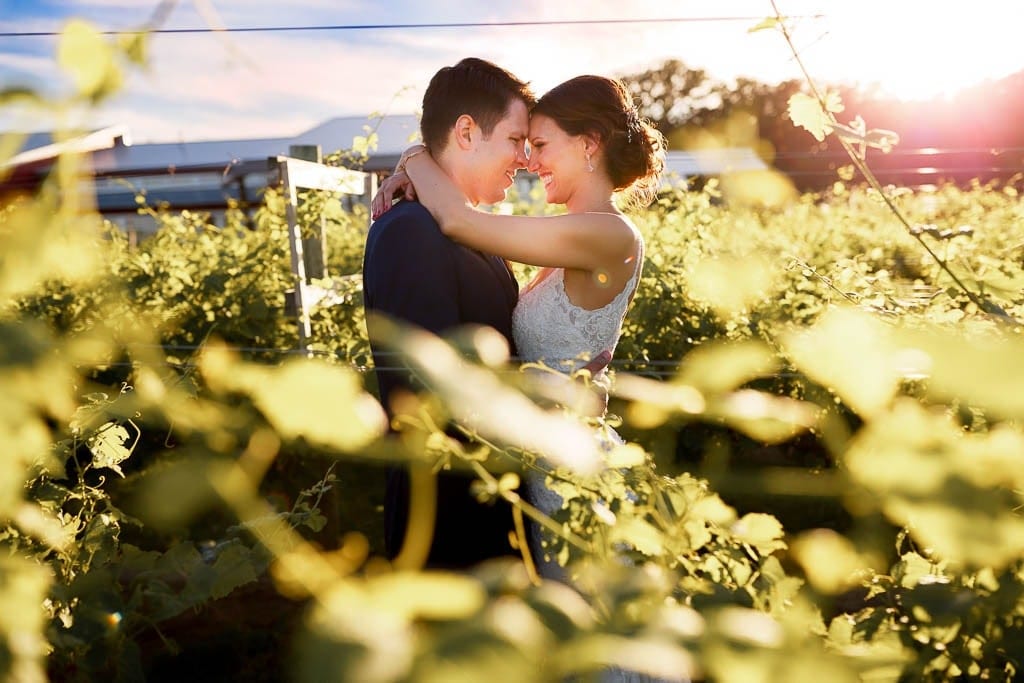
After exposing all the risks related to weather, you would probably imagine that all couples would consider holding their wedding reception in a covered venue. Indeed, you don’t want your party to be ruined by an unexpected tornado or simple rain.
Well, you may be surprised to learn that “L’étoile du nord” is a pretty young state. Consequently, compared to older states such as New York, it offers only a few amazing old venues that look like castles.
In other words, most of the venues focus on taking advantage of the natural landscape. Indeed, most of them offer outdoor options for the union ritual. In this regard, winter months are not popular, with only 5% of couples choosing them.
Spring, which can be pretty brief, can still have some snow. What’s more, the blooming period is unpredictable but clearly remains one of Minnesotans’ pride. Consequently, 15% of weddings take place during spring.
Fall is the second most loved time of the year that Minnesotans choose for their weddings, with 38% of marriages taking place. And finally, without much surprise, 44% of people in love tie the knot during summer days with an officiant.
While most Minnesotans include some outdoor parts in their wedding event, 70% of couples want to be fully covered in case of bad weather and choose a venue offering indoor weddings.
Wedding portfolios: Examples of celebrations near Minneapolis among different seasons

For this July intimate park wedding in Saint Paul, Minnesota, they decided to get ready in a secure place, such as the St. Paul Hotel, and to host their reception in a restaurant, which they rented for the entire floor. These options are great for a sunny day and also protect you in case of rain.
A variety of weather for a backyard wedding
For the June wedding with crazy rain taking place in their parents’ backyard, they bet everything on nice weather. But it didn’t turn out as expected! They had to deal with clouds, wind, sun, rain, and storms. Luckily, they planned a plan B.
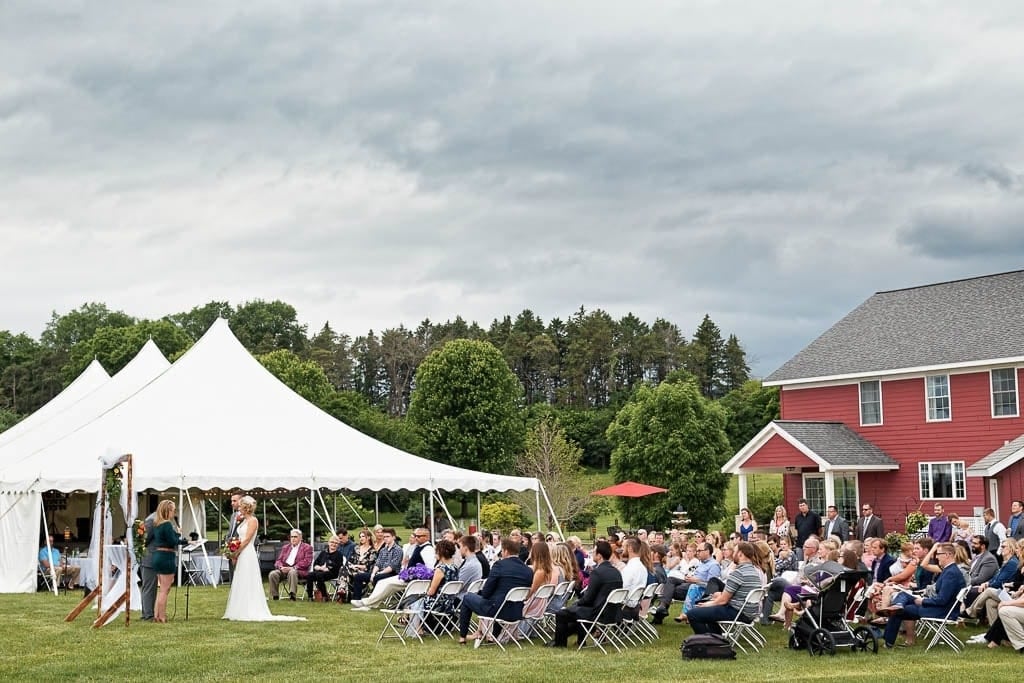
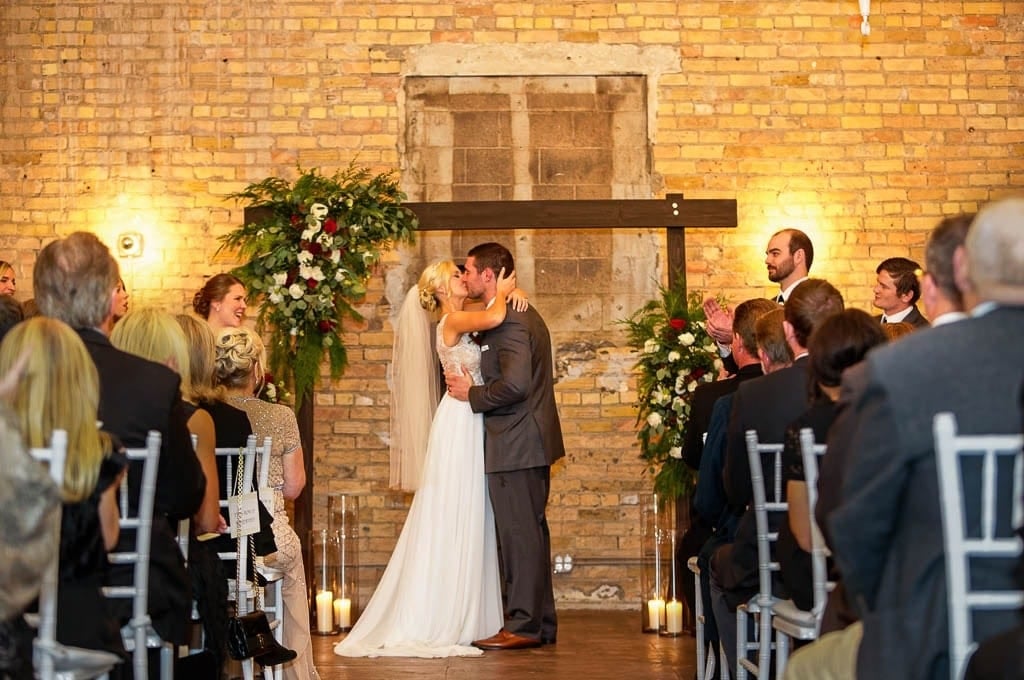
A winter wedding in MN, with a lot of emotion
For this winter wedding, they decided on the famous Loring Social to tie the knot and chose me among a large variety of vendors. It was a sunny day, and they had amazing couple pictures during the afternoon. The bride was brave and went out in the cold temperature. There was no snow, and thus we could use the clean downtown streets with their red industrial brick. Even on a snow day or a rainy day, the venue offered options to take great photos.
A warm summer day in MN
They chose the Town and Country Club for their wedding that took place on a very warm day in August. Their church and venue both provided good AC systems and offered large windows that let the light enter. Thus they enjoyed the sunlight and a fresh environment. Nevertheless, for the couple session we went outside to a simple park on our way to the country club. There, we climbed to the top of the hill to enjoy the breathtaking view of the St. Paul skyline.
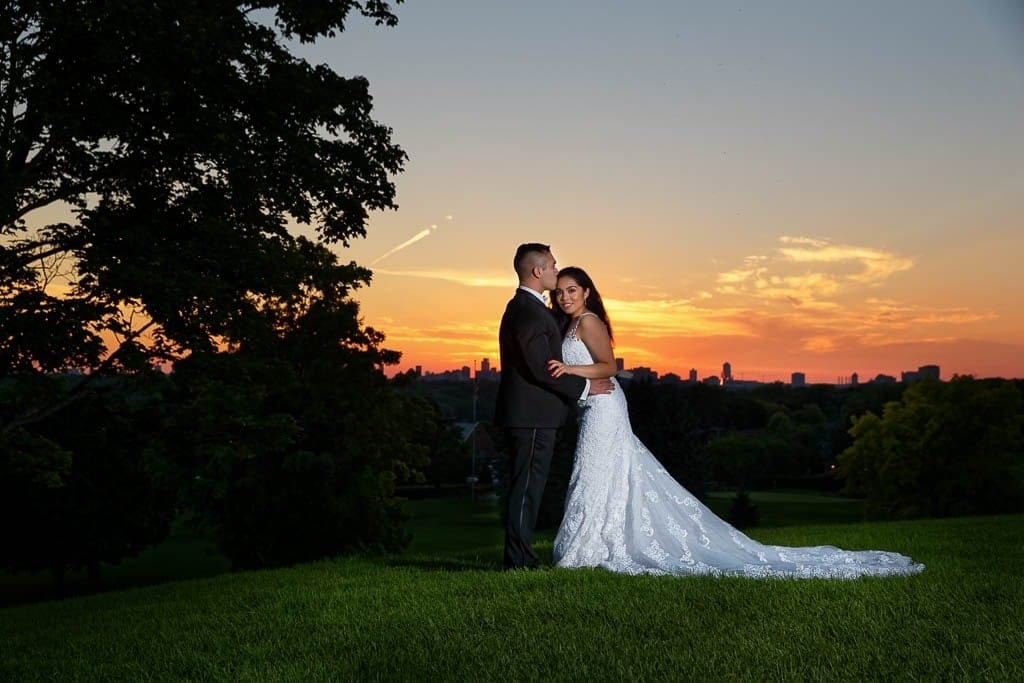
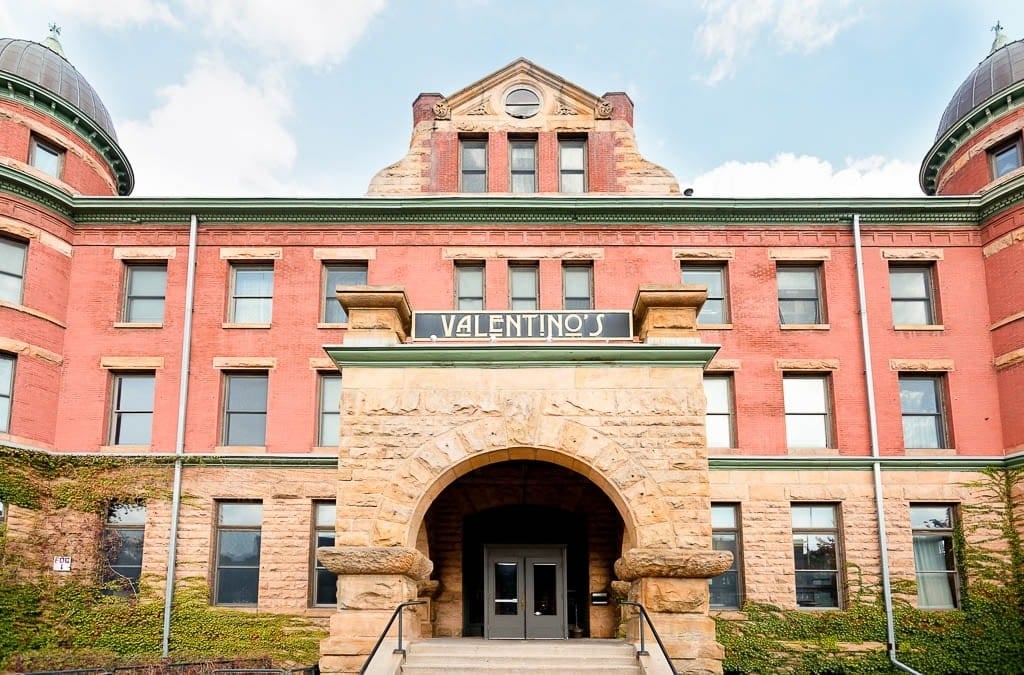
To celebrate in a tornado-proof venue near Minneapolis
Good news: choosing a tornado-proof venue, such as The Historic Concord Exchange (Saint Paul, Minnesota) is not only offering your guests security and peace of mind, but also an elegant background to party. Actually, many mansions, such as the Van Dusen and the Summit Manor, are tornado-proofed!
Other Considerations to Pick the Best Month
Mosquitos and other bugs
They usually give their first bite in June, with the correlation of increasing temperature and frequent rain, suddenly turning the climate into an almost tropical climate. If you are planning an outside wedding, you should really take them into consideration. It’s pretty common to offer your guests bug spray to prevent being covered by insects!
Sun’s position, quality of light, impact on your timeline
In photography, we pay a lot of attention to light, and thus to the sun’s position (check the golden hour calculator).
While it may not sound obvious, summer does not actually offer the best sunlight. Indeed, the sun reaches the zenith, creating some ungraceful shadowed parts of people’s faces. Indeed, a portrait with two dark areas in the eye position is not very great. If you are not sure about that, I invite you to position yourself under a highly directional light and shoot a selfie, you will see what the “raccoon eyes” are.
In June, the sun sets very late (around 9 p.m.), meaning your ‘golden hour’ for romantic portraits might happen right in the middle of your reception dinner. In October, it could be as early as 6 p.m., meaning you’ll need to schedule your portraits before dinner. Planning your timeline around the sunset is one of the most crucial steps for getting amazing photos.
In contrast, spring and autumn sunlight is good (almost) all day long. You might still want to avoid noon light in April and May, but that’s all.
Finally, winter is the season when the sun’s position is good all day long! What’s more, snow works as a natural reflector, which lights every single shaded part. Also, winter sun is very loved by photography professionals, and if you consider just the light, winter would be the best month. That being said, besides the very cold temperature (if you manage to survive it), the major inconvenience is the actual daylight time offered during those winter months. It’s usually a night starting at 4 p.m. in December.
That’s why I believe the months that offer the best sun position are March, April, September, October, and November.
That being said, if you do a Summer wedding, your photographer will likely take you away from the dancefloor to take those precious sunset photos!
Pollen & Allergy
If you are a lucky winner of the genetic lottery and you have a strong allergy, avoid those months. You don’t want to sneeze all day long with red eyes. Most allergy months are in spring, but it can also be in summer or fall!
Winter Travel
Planning a winter in winter is completely doable, even in Minnesota with its black ice. Include enough buffer time so people delayed by snow can still arrive on time for your ceremony. Choose a location where the roads are frequently maintained. Ensure that those traveling by plan arrive at least two days before your wedding.
Cameras and low temperatures
My camera is 100% water-resistant, and I can take pictures in the rain and snow! It’s probably the same for most photographers.
The only limit is the temperature. If we go below freezing temperature (Fahrenheit), the batteries stop working.
Various Considerations to Pick the Best Day to get married.
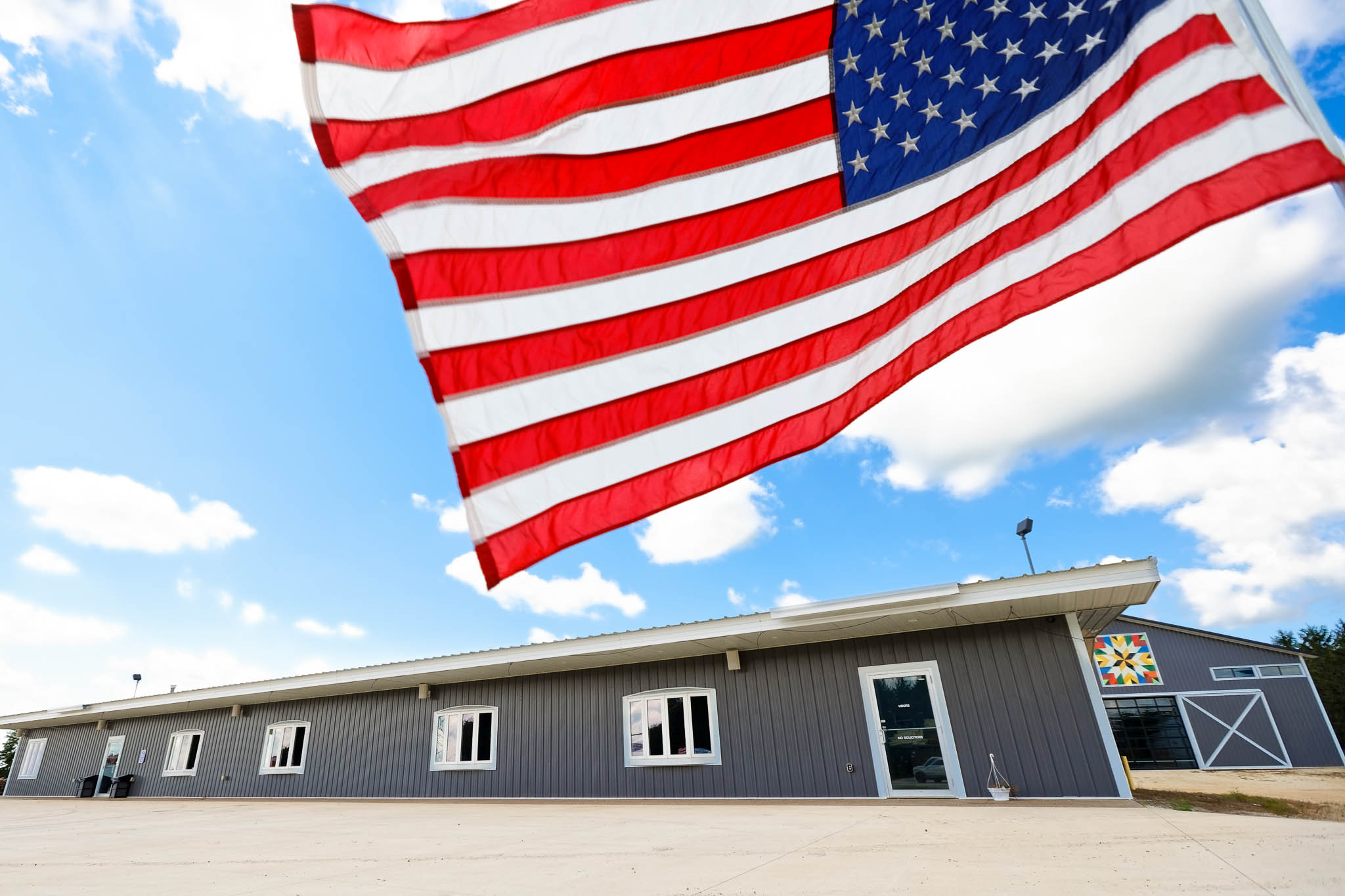
If the month is important, that’s not all. Other elements can decide on the day of your celebration: vacations, holidays, family preference.
Your families and guests
One big question when choosing the right date is taking your guests into consideration and making sure they would be available for your day! Of course, the more people you invite, the more complicated it is!
Their Vacations
Indeed, if half of your guests have kids and you choose a vacation period, then you may take the risk of having some of them not attending your wedding.
Your Family’s temperament
If your guests love family holidays such as Christmas and Thanksgiving, and live in another state, then you might not choose a date too close to those special days.
On the other hand, if you want a small and intimate family wedding, that could be a magical moment.
Should you do Sundays or Fridays?
Sunday weddings are great if you are not planning a very large wedding and do not want a long party. Indeed, most people working on Monday morning would leave early.
Friday is usually more complicated for guests. Many locals would skip the afternoon ceremony and come for the reception after their work.
Should you use a long weekend for National Day?
Let’s say a national day takes place on Friday or Monday, it could be a great option for your guests. That gives them an extra day to recover from your crazy wedding party.
On the other hand, that could also be the weekend some people want to reserve one year in advance to escape and relax in Mexico!
Event days
If your best friends are football fans, then don’t schedule your date on Super Bowl evening, especially if it takes place locally.
On the other hand, sharing a special event before or after the wedding could be a great opportunity to spend some time with people you love.
There is no right recommendation; each family is different, with unique values and priorities.
The best month for activities to enjoy with your family after your marriage day
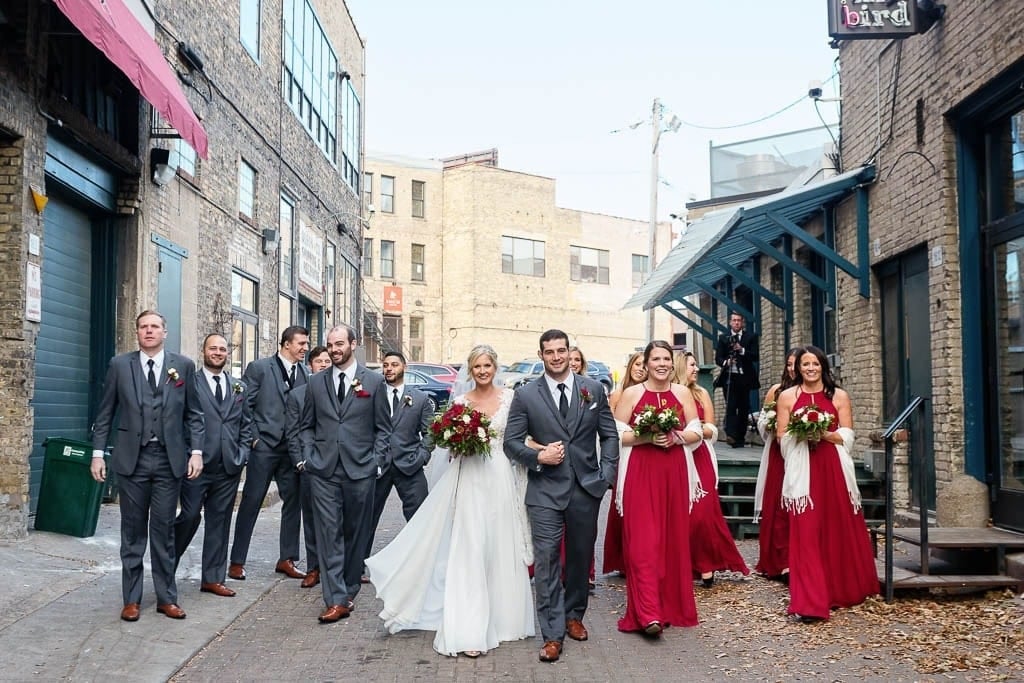
If you invite a lot of people and they travel thousands of miles to come see you, they might also take advantage of visiting the state. And, for obvious reasons, this is a state that people spontaneously mention when they think about traveling! Also, if you have a hobby you want to share with your guests, you could take advantage of a fair and visit it together!
- The Renaissance Festival is a fair reproducing medieval times, taking place in Shakopee from mid-August to September
- Grand Old Day, a festival taking place on Grand Ave in St. Paul during the beginning of June.
- Saint Paul Winter Carnival is an old and famous tradition taking place in the Capital streets during January or February. It can really impact traffic.
- Grumpy Old Men Festival is a festival involving multiple activities such as plunge, snow games and ice games, fishing. It takes place along the river at Wabasha during February.
- Festival of Nations is a multicultural festival featuring the diversity of the Midwest in St. Paul. It takes place on the second weekend of May at different locations.
- MayDay Parade & Festival (May)
- Mille Lacs Band of Ojibwe is a Native American fair taking place at the Grand
- Casino Hinckley Powwow Grounds, during mid-June.
- Dragon Festival, Saint Paul (mid-July)
- Bayfront Blues Festival, Duluth (early August)
- The State Fair is the most popular fair in the state, taking place in Saint Paul (August to September)
- The Irish Fair takes place along the Mississippi River on NE Main St, the second weekend of August.
- New Ulm Oktoberfest (October)
- Rock Garden Festival, organized by the Current radio station at the Walker Art Center, the last weekend of June.
- Bayfront Blues Festival is the jazz festival taking place in Duluth the second weekend of August
- The Duluth Rising Balloon Festival takes place in Duluth the second weekend of September
- Rochesterfest is a fair in Rochester, taking place in Soldier Fields the last week of June. It includes a parade and the famous Liberty Bell hot air balloon rally.
The Best Month to Save Money: Take advantage of market competition to get cheaper prices for your marriage
How can Minnesota weather impact the average cost of having your portraits captured in the cities?
Finally, let’s talk about the financial impact.
Given that most weddings take place on a Saturday and that wedding season is pretty short during the year, it means that most people want to get married at the same time. Consequently, venues and other professionals would usually not give a better price for those dates.
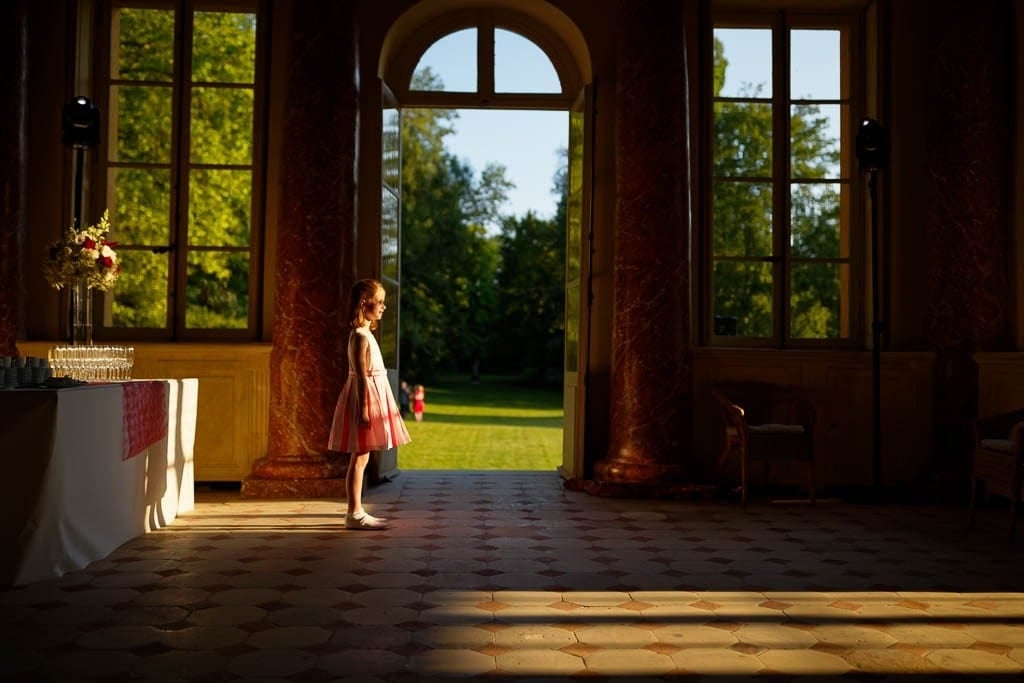
Save dollars with winter collections for photography, planners, officiants, and venues
On the other hand, if you pick a date that no one else would choose, then you might have a better chance to negotiate a better price with your venue and your professionals.
For instance, ask for some quotes for Saturday in June and a Wednesday in January, and you would notice a significant difference.
Smaller coverage, smaller albums, fewer memories
For some, winter means shorter ceremonies, small events, and shorter packages. It’s a good way of thinking if you want to save money, but it also means fewer pictures and thus fewer memories to cherish.
Trust your personality; there is no one perfect date or one perfect month

Every choice has advantages and disadvantages. I have tried to list them all to help you choose the perfect day regarding your interests, but there is no perfect day that works for everyone. Indeed, one bride could not support the summer heat, another could regret that spring is too short, another could fear snow in autumn, and another would hate winter cold.
So choosing your date is all about your taste and balancing the advantages and disadvantages each scenario can provide.
And of course, even if “L’Étoile du Nord” is the driest state in the Midwest, so you shouldn’t have to worry much about rain on your special day compared to other states, you still take a risk. What’s more, given that weather can really change from one year to another, don’t bet everything on the landscape!
These photographer recommendations apply for great portraits and family photos
Whether you are planning for a surprise marriage proposal, or a photo session, the best vendors would suggest you coordinate outfits regarding the month, the weather, and the location!
Hair and makeup also play a huge role. And some styles are more suitable for cold or warm weather.
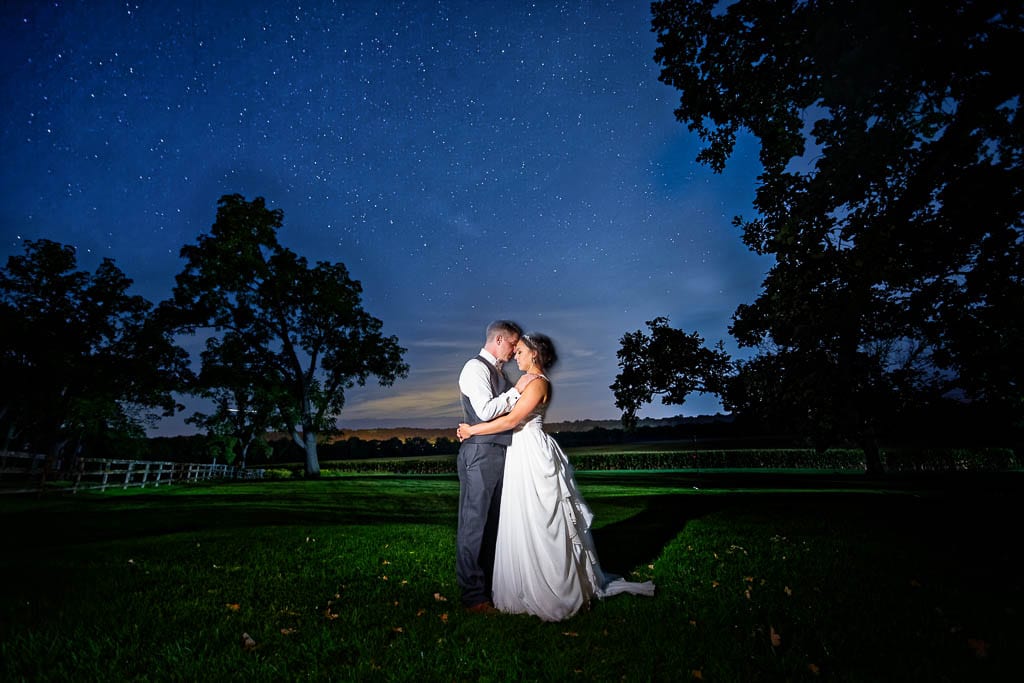
Now, do your homework 😀
With all these recommendations in mind, the pros and cons of each season, it’s time for you to check the venues and pick your favorite month! If you are not sure, simply look at my past weddings and discover the one you love the most.
Plan B and C
The Plan B: A covered Space
Finally, Discuss indoor photo locations with your photographer before the wedding day. Look for areas in your venue with large windows, interesting architecture, or clean, neutral-colored walls. Don’t be afraid of the rain! A stylish set of clear or white umbrellas can make for beautiful, romantic photos.
Plan C: The Alternative Solution to Picking the Best Month: Forget the photography considerations for your D-Day, and choose an after-day session.
It’s mostly impossible to predict the future weather with 100% accuracy. If you don’t want to stress about a rainy day, and just want good bride and groom photos, a solution is to take a package that includes a free and an additional day session in case of bad weather.
Some photographers (like us at French Touch Photography) do that. With every package you take, if it’s rainy, snowy, stormy, and we can’t take a good picture, then you have a free session the next day! That’s pretty cool, isn’t it?
Frequently Asked Questions: Planning Your Minnesota Wedding
What is generally considered the best month to get married in Minnesota for ideal weather and photography?
Based on historical data and photographic considerations, late August to early September is typically the optimal window. This period offers a harmonious balance of pleasant temperatures (usually 65-85°F), significantly lower rainfall than mid-summer, reduced severe weather risk, and beautiful quality of light for photos.
Is June a good month for weddings in Minnesota?
June offers warmth and long days, but it also has the highest rainfall and peak thunderstorm activity. It’s a high-risk, high-reward scenario—you might get perfect weather one year or torrential storms the next. If you choose June, have solid backup plans and consider venues with excellent indoor options.
How about July weddings in Minnesota?
July is hot, humid, and statistically one of the stormiest months with peak severe weather risk. It can still deliver gorgeous photos if you love the energy of midsummer, but expect high humidity levels and have comprehensive backup plans for indoor celebrations.
What’s the absolute worst month for weather in Minnesota weddings?
January and February present the most challenges with temperatures averaging 10-20°F, potential blizzards, and only 8-9 hours of daylight. However, if you’re planning an indoor celebration, these months offer significant cost savings and unique photo opportunities with snow as a natural backdrop.
Is a fall wedding a good idea for the famous Minnesota fall colors?
September and early October can be amazing, with comfortable temperatures and vibrant foliage that provides the most flattering light for portraits. However, fall colors don’t last long—sometimes just a two-week window—and weather can be volatile with rapid temperature swings. Past mid-October, leaves may drop quickly, leaving a bare backdrop. Track fall color reports starting in mid-September for accurate timing.
Is winter worth considering for wedding photography?
Yes, if you love snow and unique winter aesthetics. Fresh snow creates bright, clean, magical backdrops, and snow works as a natural reflector providing excellent light. The downsides include extreme cold (limiting outdoor photo time to 15-20 minutes), limited daylight hours (sunset around 4:30 PM in December), and travel risks for guests. Professional cameras are also limited by freezing temperatures for extended outdoor use.
Do spring weddings work well for photos and overall comfort?
Spring in Minnesota is brief and unpredictable. Trees may look bare one week and suddenly green the next. While hitting the short blooming period can create dreamy photos with blossoms and fresh greens, expect lingering snow, potential mud, inconsistent temperatures, and higher chances of rain. Spring is peak allergy season (tree pollen April-May).
How accurate are weather forecasts for wedding planning?
Weather forecasts are generally reliable 3-5 days in advance, but beyond that, accuracy drops significantly. Severe weather like tornadoes can’t be predicted more than a few hours ahead. This is why having a solid backup plan is essential regardless of the month you choose.
How much rain is too much rain to continue with outdoor plans?
Light drizzle (under 0.1 inches/hour) can often be managed with umbrellas and covered areas, and can actually create romantic photo opportunities. Heavy rain (over 0.3 inches/hour) typically requires moving indoors, as it makes photography nearly impossible and guests uncomfortable. Raindrops on camera lenses make quality photos impossible.
What if it rains on our wedding day?
Don’t panic! Light rain isn’t an issue—stylish clear or white umbrellas can make photos romantic and memorable. Heavy rain is more challenging but manageable with a good backup indoor space. Some photographers (including French Touch Photography) offer after-day sessions, so you can relax during your wedding and still capture beautiful outdoor portraits later if weather doesn’t cooperate.
Can we still get good wedding photos on a cloudy day?
Absolutely. While some photographers prefer direct sun for vibrant landscape colors, overcast skies provide soft, even lighting that eliminates harsh shadows and is incredibly flattering for portraits. The light on faces is often superior to harsh midday sun, though landscape shots might lack the intense vibrancy of sunny conditions.
What time should we schedule our ceremony for the best light for photos?
This depends entirely on your chosen month and sunset timing:
• June/July: Ceremony at 4-5 PM allows golden hour portraits before or during early reception
• September/October: Ceremony at 3-4 PM captures optimal light as sun sets earlier
• November-February: Ceremony at 1-2 PM maximizes limited available daylight
• March-May: Ceremony at 4-5 PM works well for both light and comfort
Knowing the exact sunset time for your date is crucial for planning your timeline.
How should I plan around sunset and golden hour photos?
Golden hour timing changes dramatically throughout the year. In June, it falls around 9 PM—often during dinner—so you might need to sneak away from reception. In October, it’s closer to 6 PM, meaning you can take portraits before the meal. Plan your timeline carefully: either schedule portrait time during cocktail hour or be prepared to step away briefly during reception for those magical sunset shots.
Which months give the best light for portraits throughout the day?
March, April, September, October, and November often provide the most flattering light throughout the day. In summer months, the sun reaches zenith creating harsh shadows and “raccoon eyes” effect at midday. Winter light is soft and beautiful but short-lived. Spring and autumn offer good light almost all day long, with only brief midday periods to avoid.
What are the main health and comfort considerations for guests during different seasons?
Summer (June-August): High humidity, mosquitoes (provide bug spray), allergy season peaks. Provide hydration stations and ensure AC access.
Fall (September-November): Temperature swings require layers. Advise closed-toe shoes and light jackets for evenings.
Winter (December-March): Extreme cold requires heated transportation, non-slip walkways, minimal outdoor exposure.
Spring (April-May): Unpredictable weather requires layers and rain gear. Tree pollen allergy season peaks.
Are mosquitoes and bugs really a problem for outdoor weddings?
Yes, especially from June through August when mosquitoes are most active, particularly after rainfall and during dawn/dusk hours. While they don’t ruin photos, they can make guests very uncomfortable. Provide insect repellent, consider citronella candles, or hire professional pest control for outdoor venues.
What about allergies in spring or summer weddings?
If you or key guests struggle with pollen allergies, be strategic about timing. Tree pollen peaks April-May, grass pollen peaks June-July, and ragweed peaks August-September. Allergies can make portraits uncomfortable with watery eyes and constant sneezing. Consider medications and avoid outdoor ceremonies during your trigger periods.
How much can we actually save with an off-season wedding?
Off-season savings (typically November-March) can range from 20-40% on major vendors. Venues may offer 25-35% discounts, photography 15-30%, flowers 20-40%, and catering 10-25%. However, smaller events and shorter packages also mean fewer photos and memories to cherish.
Which vendors are hardest to book during peak season?
In order of booking difficulty: popular venues (book 12-18 months ahead), experienced photographers (10-15 months), florists specializing in outdoor weddings (8-12 months), and live musicians (6-10 months). Caterers and wedding planners typically have more availability even during peak season.
Are there hidden costs associated with different seasons?
Winter weddings may include guest transportation/lodging for weather delays, backup heating, snow removal services, and higher catering costs for warm beverages. Summer weddings might require additional cooling, bug control, and hydration services. Always budget for seasonal contingencies.
How should out-of-state guests plan their travel for different seasons?
Summer: Book 2-3 months ahead for best rates during peak travel season
Winter: Book 1-2 months, but encourage arrival 2 days early for weather buffers
Fall: Book 3-4 months due to competition with fall tourism
Spring: Book 1-2 months with flexibility for potential weather delays
How can we prepare for winter travel risks?
Choose venues with well-maintained access roads, build extra travel time into your schedule, and encourage flying guests to arrive a day or two early. Snowstorms and black ice can create serious delays. Provide detailed directions and local weather updates to guests leading up to your wedding.
What makes a venue “tornado-proof,” and should we prioritize this?
True tornado-proof venues have reinforced concrete construction, underground or interior safe rooms, and emergency communication systems. Historic mansions often have solid masonry construction that’s more weather-resistant. While statistical risk is low, venues with robust indoor options and clear emergency procedures offer peace of mind during peak storm season.
Do couples in Minnesota prefer indoor or outdoor weddings?
Most couples want outdoor elements but with indoor backup options. Around 70% choose venues that provide indoor space for weather contingencies. Outdoor ceremonies are popular in summer and fall, but indoor receptions are standard. Minnesota’s relatively young state history means fewer castle-like venues, so most focus on natural landscape advantages.
Will climate change affect the “best month” for weddings in Minnesota in the future?
Yes, projections indicate significant changes. Minnesota is expected to become warmer and wetter overall, with hotter, more humid summers and wetter springs. This could make September even more attractive as summers become less comfortable, while June might become riskier with increased spring rainfall. Early October is emerging as a stronger option as average temperatures rise.
What constitutes a “good” backup plan for a Minnesota wedding?
A comprehensive backup plan includes: confirmed indoor ceremony and reception spaces, alternative transportation if weather affects travel, clear communication strategy to notify guests of changes, pre-discussed indoor photography locations with your photographer, and vendor contingencies like backup power and equipment protection.
When should we make the call to move indoors?
Generally 24-48 hours before the wedding based on: severe weather warnings (tornado watch/warning, blizzard warning, ice storm warning), heavy precipitation forecasts (over 0.5 inches of rain or 6+ inches of snow), or extreme temperatures (below 20°F or above 95°F with high humidity).
Can photographers still get good shots if we move the ceremony indoors last minute?
Absolutely. Experienced photographers scout indoor backup locations in advance and can work with churches, venues with large windows, and historic buildings to create beautiful indoor ceremony and portrait opportunities. The key is planning these alternative shots ahead of time with your photographer.
How does photographer equipment handle extreme Minnesota weather?
Professional cameras are typically weather-resistant and can handle rain and snow. However, batteries fail in freezing temperatures (below 32°F), limiting outdoor winter sessions to 15-20 minutes at a time. Most photographers carry extra batteries and hand warmers for winter shoots.
What’s the biggest mistake couples make when choosing their wedding month?
Focusing solely on personal weather preferences without considering guest comfort, vendor availability, budget impact, and comprehensive backup planning. The “perfect” month on paper might not be perfect for your specific circumstances, family situation, and priorities. Balance all factors, not just your ideal weather scenario.
Primary Data Sources:
Weather Spark: This was a key source for detailed monthly averages for temperature, rainfall, cloud cover, and humidity. It provides granular, interactive historical data which is excellent for this type of analysis.
Minneapolis Climate Data on Weather Spark
Rochester Climate Data on Weather Spark
U.S. Climate Data: This site offers straightforward, summarized climate normals and averages, which are useful for establishing a baseline for temperature and precipitation.
